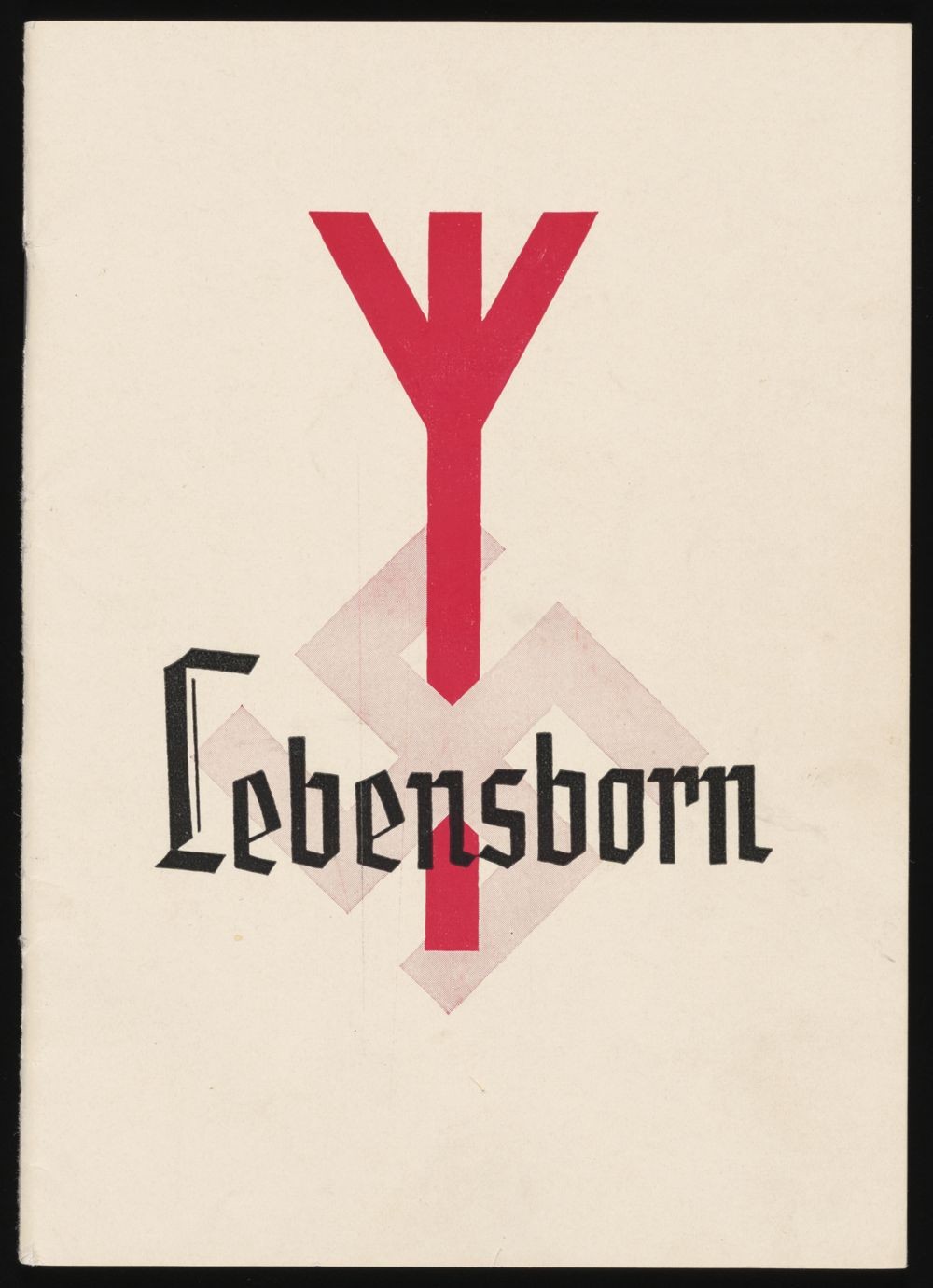/https://public-media.si-cdn.com/filer/19/30/19309dcd-aed9-42e9-bbde-2ec4f15a2f3d/berlin-_the_capture_and_aftermath_of_war_1945-1947_c5284.jpg)
With the untimely passing of Philip Kerr that ended his wonderful Bernie Gunther series I have been searching for a replacement that deals with police investigations within Nazi Germany apart from a total focus on the Holocaust. I have explored Volker Kutscher’s Gereon Rath mysteries whose focus is at the end of the Weimar era as the Nazis are about to come to power. The series is very satisfying as is Harald Gilbers novel, GERMANIA, the first to be translated from the German with two to follow. Gilbers’ protagonist is a Jewish investigator named Richard Oppenheimer who had been fired long before the case that the author introduces. The book was first published in Germany in 2013 and received the Friedrich Glausner Prize for best crime fiction debut.
The novel begins in bombed out Berlin in May 1944 where people gear up on a nightly basis for allied bombing. Oppenheimer and his wife Lisa, an Aryan are huddled together in the Jewish house where they live with other families in very crowded conditions. One evening the SS shows up at the house and they transport Oppenheimer to a murder scene. Since he has been let go as a detective years before Oppenheimer is at a loss as to why the SS is interested in his opinion. The employment of Oppenheimer is the brainchild of Hauptsturmfuhrer Volger of the SS who believes that Oppenheimer’s past experience with a serial killer would be valuable with his investigation. As Oppenheimer becomes involved in the case it seems that the murder of Inge Friedrichsen is only the first as two other women, Julie Dufour and Christina Gerdeler have also been victims within the last year.
The Lebensborn program was created by the SS in late 1935 in order to promote the growth of Germany’s healthy “Aryan” population. The term Lebensborn itself means “Fount of Life.” The program was designed to be the wellspring of future generations descended from those whom Nazi authorities deemed “racially valuable.” It originally focused on encouraging SS men to have large families and discouraging unmarried, pregnant “Aryan” women from seeking illegal abortions.

Gilbers does an excellent job creating the ambiance of Berlin in May 1944 as the Nazi capital has become an obstacle course ridden with rubble from allied bombing. Gilbers’ command of the history of the period is quite extensive as Albert Speer and Hitler’s grand architectural plans for the new city of Germania (to replace Berlin) are neatly integrated into the story. Gilbers development of the Hildegard von Strachwitz’s character (Hilde) brings forth Kristallnacht as she begins her close friendship with Oppenheimer as she rescued him from an SA mob during the evening’s destruction. Hilde, a rabid anti-Nazi and physician has done a great deal of work in psychiatry and become Oppenheimer’s alter ego as he tries to solve the murders.
Gilbers’ dive into Nazi history focuses on the distrust and deadly competition within the SS as Volger and Oppenheimer deal with their investigation that could involve the Nazi Lebensborn program. Nazi racial theory called for pure blooded Germans and with the cost of Hitler’s war effort millions of German males would be needed to fight for the Fuhrer, so the program was ratcheted up. It seems that Inge Friedrichsen had been a secretary at Klosterhide, one of the many Lebensborn sites the Nazis created, in addition her son Horst was part of the program.
It is clear to Volger that Oppenheimer is an excellent investigator, and he accepts the pressure from SS hire ups that he is working with a Jew. The interaction between characters is one of the strengths of the novel. The Volger-Oppenheimer dynamic is important as is the Hilde-Oppenheimer relationship. For Oppenheimer he is in a quandary. Should he assist in tracking down the killer or take advantage of an opportunity to get his wife and himself out of the country as Gilbers describes the plight of Jews in the east.
/https://public-media.si-cdn.com/filer/dc/54/dc542e05-04c7-4af3-9dd0-adddcf56dff9/heinrich_himmler.jpg)
The story line unfolds very slowly, and the reader does not become aware of the murder of Dufour and Gerdeler until about a third of the book has passed. Gilbers picks up the pace about halfway through the novel as the Nazi shadow begins to dominate. To Gilbers’ credit he incorporates little known aspects of life under the Nazis as a few thousand German Jews were still living in Berlin because like Oppenheimer they were married to a Christian woman. In addition, he refers to Oppenheimer’s use of Pervitin, a stimulant to get through the day, as well as its pervasive use by German troops, particularly tankers on the eastern front.
Gilbers does a nice job allowing the reader to project into the recesses of the killer’s mind as he describes the methods the killer used to eliminate his victims, the staging of the murders, and disposing of their bodies. Certain aspects of the crime lead one to believe that the killer is a member of the SS which adds to the level of horror as Gilbers’ novel unfolds but its conclusion takes on a much different path.
For a debut novel GERMANIA is a success and it makes me want to read the next installment of Richard Oppenheimer’s adventures. Hopefully, the English translation will appear soon as he has left the reader wondering what the fate of Oppenhiemer and his wife Lisa is.

